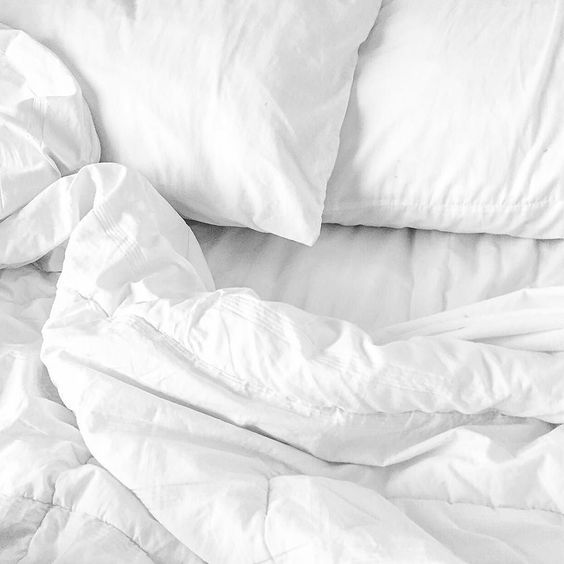You know how and when to clean your pillows and mattresses, but do you clean your duvet? You can and you should, and we're going to walk you through the how-to. Regularly cleaning and switching out your sheets and bed linens is great, but what good is a wash if the comforter isn't taken care of too?
Before we get started – check the care labels. You’ll want to take some extra care if you have a down comforter or a feather duvet, rather than a hollowfibre duvet. Can you wash a feather duvet? Yes, but you need to ensure it’s in a good condition beforehand, and make sure that your duvet is suitable to be machine washed. If the label says ‘dry clean only,’ then it’s best to leave it to the professionals and take it to the cleaners. If not, then read on!

BEFORE YOU WASH A DUVET
First, remove the covers - you can wash these in your regular laundry load so don't worry about them for now. You can absolutely wash your duvet at home, albeit carefully. First, check the duvet for any holes or loose feathers, and, if necessary, sew up any holes with a needle to make sure the feathers don't become loose in the washing machine. Once you're happy your comforter is secured, you're good to go.
THE PRACTICALITIES
The big question: can you wash a duvet in a washing machine at home? This depends on the size and type of your washing machine. Needless to say, duvets can be quite large and they might not fit into your washing machine. If that's the case, your local launderette should have larger machines that will accommodate the duvet more easily. However, many home machines will be large enough. Front loading machines are the best option here - they tend to have a hollow drum that allows for more room for the duvet to move about. Some top loading machines have an agitator in the middle of the drum which can make things more tough, but it can still be done.
SETTINGS & DETERGENTS FOR WASHING
We recommend a gentle setting for washing duvets, along with a warm (not hot!) water temperature - around 30°C or 85°F is a good rule of thumb. In terms of detergent, it's best to opt for something mild and gentle. The Nellie's All-Natural Laundry Soda is ideal. If the stains are very dark or noticeable, don't be afraid to use the WOW Stick or the Oxygen Brightener. When your duvet is in the machine, don't wander too far! Keep an eye (or an ear) out for the end of the rinse cycle. Before the spin ends, stop the machine and repeat the rinse cycle once more. Since comforters are so big, fluffy, and absorbent, they can easily retain some soapy water, so an extra rinse cycle will make sure it's completely fresh and clean.
DRYING A DUVET
When you take your duvet out of the machine, don't be alarmed! If it's a feather duvet, the damp feathers will have become darker, and will make your duvet seem discoloured. This is nothing to worry about, and it'll return to its normal colour once completely dry. To dry, it's best to use a dryer, and you should always follow the care instructions. Again, if your home dryer can't accommodate the duvet, check out your local launderette. Some people prefer to line dry their duvets, but we recommend using your dryer - with line drying, the process takes so long that the duvet can begin to grow mildew and mould. The faster they dry, the better! A good compromise is partially drying the duvet in the dryer, and then air drying afterwards.
SO, CAN YOU WASH YOUR DUVETS AT HOME?
Sometimes, yes! Just be sure to check the care label first. Some comforters may be marked as 'dry clean only,' and in that case they should be taken to your local dry cleaners.
Washing a duvet may not be the easiest (or most enjoyable) cleaning task you'll ever complete, but it's much better than sleeping under dirty bedding. Don't wash your duvets too often -- too much and the duvet may start to come apart. We recommend washing your duvets once per year, usually when you make the switch between your light summer comforter and your heavier winter alternative.

 ($CAD)
($CAD)
 ($USD)
($USD)


